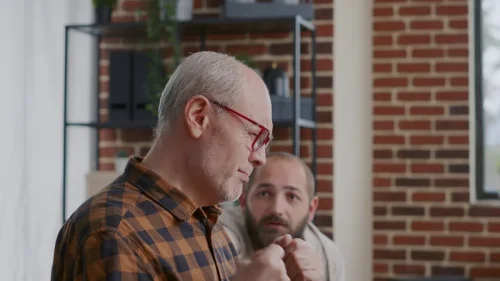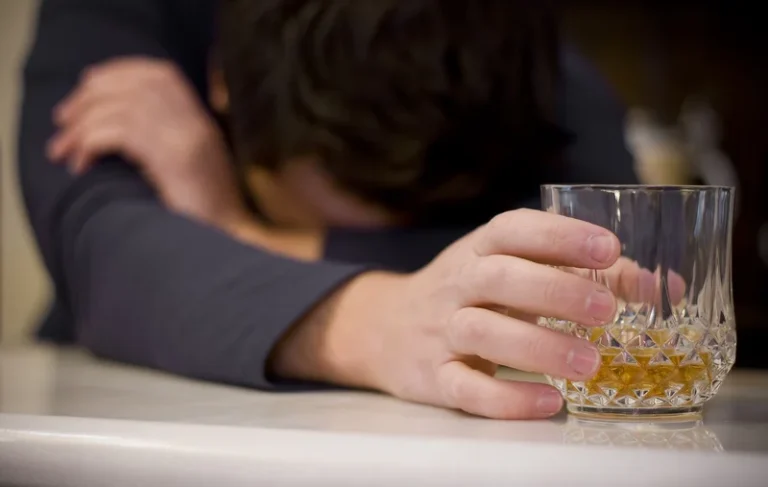
These symptoms can range from mildly uncomfortable to life-threatening, depending on the substance and the severity of the addiction. Common withdrawal symptoms include nausea, sweating, tremors, anxiety, and in what is alcoholism severe cases, seizures or hallucinations. This neurotransmitter plays a crucial role in the brain’s reward system, creating feelings of pleasure and motivation.
The Six Stages Of Addiction
They may experience intense cravings, spend a significant amount of time and resources acquiring the substance, and neglect important responsibilities and relationships. The negative consequences of addiction become apparent, affecting various aspects of their life, including physical and mental health, relationships, and overall well-being. The crisis stage of addiction occurs when substance use leads to severe physical, emotional, and social consequences, requiring immediate intervention. Critical signs of crisis include severe health complications, suicidal ideation, legal troubles, and complete loss of control over substance use.
Decoding the Cycle: A Visual Journey

Tolerance not only increases consumption but also intensifies the cycle of addiction. This is typically viewed as recreational use and may not immediately lead to negative consequences. Understanding these stages can aid in recognizing the patterns that lead to compulsive behavior and potential relapse. These changes in brain circuits can lead to a cycle of dependency, making recovery challenging cycle of addiction without appropriate interventions. People facing addiction frequently find themselves caught between phases of use, abuse, and relapse, making it challenging to break free from this persistent cycle.
- Addiction is a complex and multifaceted condition that affects individuals from all walks of life.
- With regular use also comes a subsequent increase in the likelihood of participating in high-risk behaviours like driving while under the influence, emotional volatility, or depression.
- A person can break the cycle at any point, as long as they get the right help.
- Addiction is a progressive process that does not start with full dependency.
Abuse
Consider the story of Sarah, a recovering alcoholic who credits her turning point to a simple addiction cycle diagram. “Seeing my life laid out in that circle,” she recalls, “it was like a light bulb went off. I could suddenly see the patterns I’d been blind to for years.” Sarah’s experience is not unique. Countless individuals have found clarity and motivation through these visual aids, using them as roadmaps to navigate the challenging terrain of recovery. The impact of addiction cycle images on understanding and recovery cannot be overstated. These visual representations serve as cognitive bridges, helping individuals connect abstract concepts with concrete realities.
It is common in recovery from active drug addiction and is often seen as a setback rather than a failure. Although relapse is more common in the early stages of recovery, it can happen at any stage and is a complex and multifaceted phenomenon. The transition from tolerance to addiction involves both neurobiological and behavioral changes, making it a particularly challenging stage to treat.

This might involve medical detoxification, inpatient or outpatient rehabilitation programs, or ongoing therapy. The Addiction Stages are well understood by professionals who can tailor treatment to individual needs. Addiction doesn’t just affect the individual using substances – its impacts ripple outward, touching every aspect of a person’s life and the lives of those around them. As experimentation gives way to more frequent use, patterns begin to emerge. What was once occasional becomes regular, and use may increase in both frequency and quantity. The individual might still maintain some control over their use, but warning signs may begin to appear, such as neglecting responsibilities or experiencing mood swings.

Stage 2: Experimentation
Precontemplation is the first stage in the stages of change model of addiction and behavior change. People in the precontemplation stage typically do not consider their behavior to be a problem. This may be because they have not yet experienced any negative consequences of their behavior, or it may be a result of denial about the negativity or severity of the consequences they have experienced. Drug cravings are a significant aspect of addiction, often presenting a formidable challenge for individuals attempting to overcome substance dependence. As defined by Maarefvand, Masoomeh et al. in their 2013 study published in the Iranian Journal of Psychiatry, drug craving is characterized as an intense urge or desire to continue using a substance. This urge is a fundamental element of addiction, frequently experienced by individuals dependent on substances.
Stage 4: Dependence
The problem with regular use is that the risk for substance abuse greatly increases during this stage. It also increases risky behaviors such as driving under the influence, unexplained violence, and symptoms of depression and anxiety. The Massachusetts Center for Addiction offers comprehensive addiction and mental health treatment programs that blend evidence-based therapies with personalized care. Our drug and alcohol rehab programs and mental health rehab services are tailored to each individual’s specific needs. Explore our programs and see why the Massachusetts Center for Addiction is the top choice for drug rehab and mental health treatment in Massachusetts.
- The transition from tolerance to addiction involves both neurobiological and behavioral changes, making it a particularly challenging stage to treat.
- One adaption arises from within the reward system, where chronic exposure to a reward decreases dopaminergic tone in the NAcc.
- What separates the stage of experimentation from other stages is that the drug and/or alcohol use is in a person’s control.
- Another term for addiction is a substance use disorder, which is an accurate description because it is a chronic illness that will present lifelong risks.
Drug Addiction Treatment
Understanding these stages is a critical step in recognizing that you may have a problem and seeking help before your substance use transforms into an addiction. If, after reading this article, you feel as if you or a loved one may be exhibiting symptoms of addiction, please reach out to a member of our team here at Phoenix House Florida regarding drug addiction treatment in Tampa. Your healthcare provider may suggest medication as part of your addiction treatment. These medicines can reduce your drug cravings and can help you avoid relapse. However, various treatment options are available to help people on the path to recovery from substance use disorders.
Ready to Start Your Healing Journey?

Experimentation typically involves a ‘trial’ phase, but abuse transcends this by making the drug a regular or necessary part of one’s routine. While both terms are related, they’re two distinct concepts, each representing a different stage or level of drug involvement. The ANA aims to enhance our ability to diagnose and treat addiction disorders with a more comprehensive understanding of their underlying neurobiological mechanisms. Recognizing the significance of neuroinflammation in addiction opens up possibilities for novel interventions. With a wealth of knowledge and services to help you regain control of your life, request a call-back from one of our professionals today. Remember, breaking the cycle of addiction is a journey, not a sprint—it requires time, patience, and a lot of self-love.
